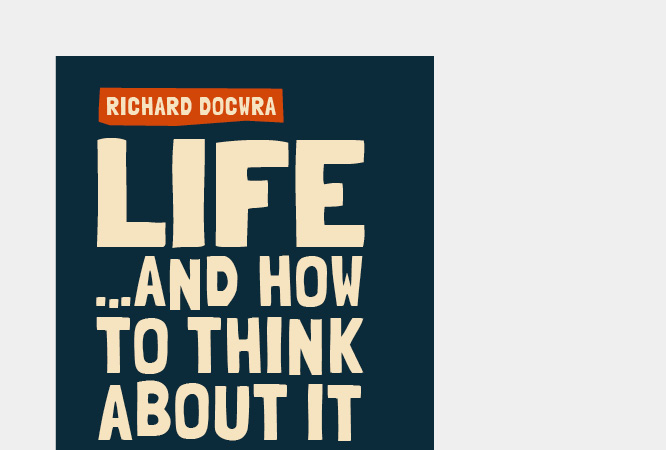The Life Map
Written by Richard Docwra
Have you ever wished you could get some perspective on your life? To see the story of your life so far from a different angle – and get some insights to help you improve your life in the future? Or perhaps you have difficulty remembering certain events, people or memories from the past, and you’d love to fill in the gaps?
The Life Map is a simple tool that helps you do all of this. It enables you to piece together memories, events and emotions from your life into a more complete picture – one that provides an overall narrative of your life so far.
This picture can then help you gain new insights about yourself – and then use these to make the rest of your life even better.
You can use the map how you like – to help you remember things you'd forgotten, to get perspective on your life, or to look at how you've been feeling and try to pull narratives together and identify trends. At the very least, it's extremely interesting!
Download the template, fill yours in and see what you get from it. Then, we'd love to hear your feedback (at info@lifesquared.org.uk) on how you've used it, whether it had value for you, the possible uses it could be put to in people's lives and what (if anything) we could do to improve it. Thanks in advance for your feedback.
How to use your Life Map
Building your own Life Map is simple. There are two main steps:
1 – Build up the picture of your life so far
a) Build up your picture of 'memory joggers'. First, create a row for each year you've been alive and then fill in the year and your age at the time, as above. Then, find some 'memory joggers' - things that help you remember where you were, what you did and who you were with at the time. This might include your house location, friends’ names from the time, partners’ names, music you were listening to – anything from your experience. And complete a column for each of these things for each year in your life (as much as you can).
b) Build up your picture of specific memories and feelings. While you're filling in the 'memory jogger' columns as above (or afterwards, if you'd prefer), use these to help you identify specific memories from particular years and list them in the 'memories' column. Whilst you're doing this, try to think about how you felt at the time – you may recall particular emotions for specific memories, and if so, list the emotion(s) next to the corresponding memory, or you may have some emotions that describe that general year for you – in which case, note them too.
You may be surprised at how many new details and lost memories will fall into place when you start using the different columns in the table (years, ages, memory joggers, memories etc) to feed off each other.
2 - Review your map and draw some conclusions.
When you've filled in your Life Map, stand back and look at your story so far. How does it feel to see your life like this? What narratives,themes, feelings and connections can you spot in your life? e.g. 'I felt alone during x period and that made me unhappy' or 'My happiest times came when I was with large groups of people'. Then, see if you can make some recommendations to yourself (just a handful - not too many) that could help you make life better in future – e.g. if you see that your happiest times were spent with lots of people, you might decide to spend more time with groups of people in future.
© 2015 Life Squared. No part of this book may be reproduced in any form without the publisher’s permission. Please contact Life Squared if you wish to syndicate this information.
You May Also Like

How to be alone (but not lonely)
How to avoid loneliness whilst being open to the pleasures of solitude.



